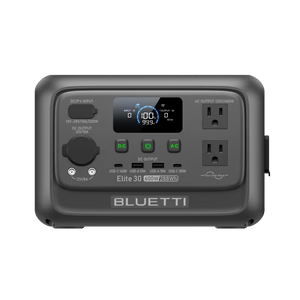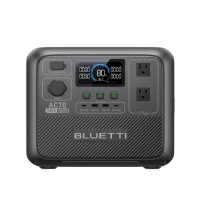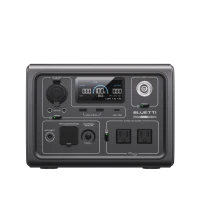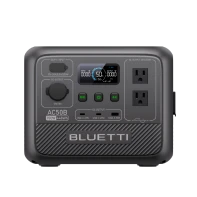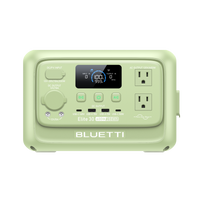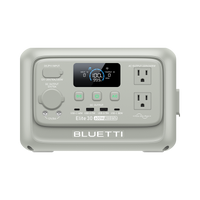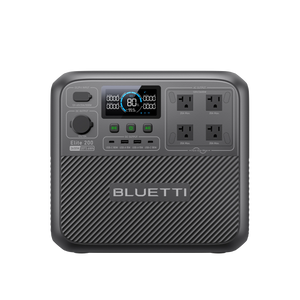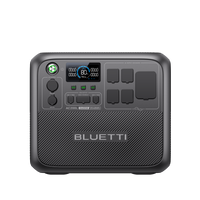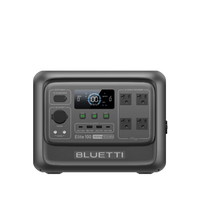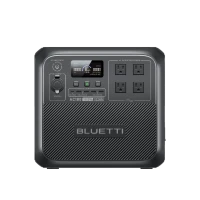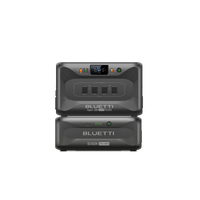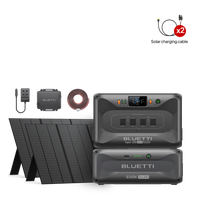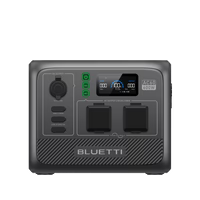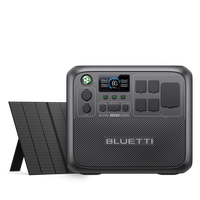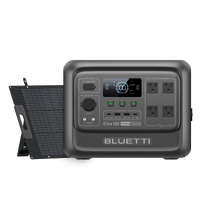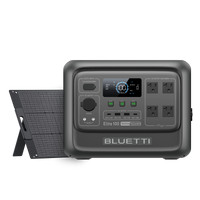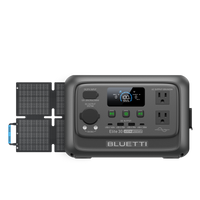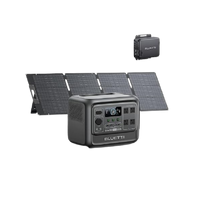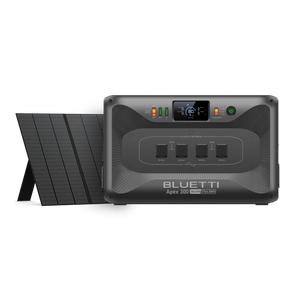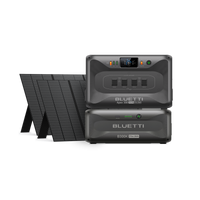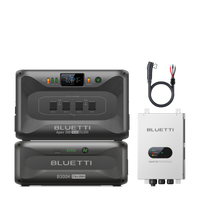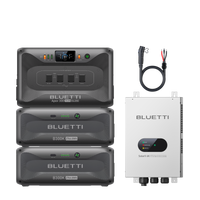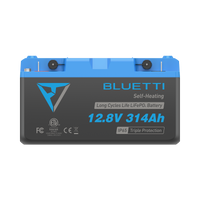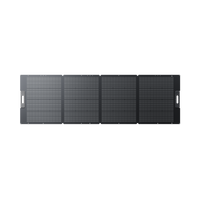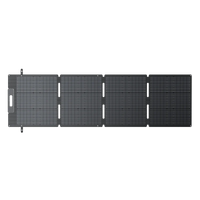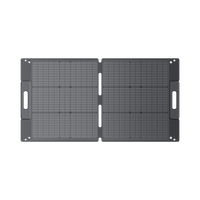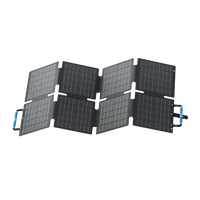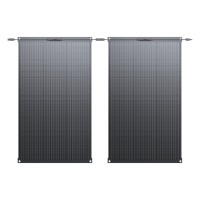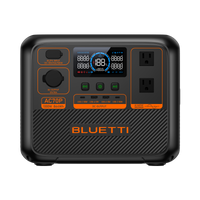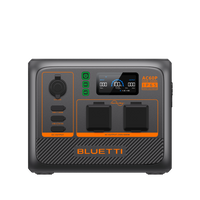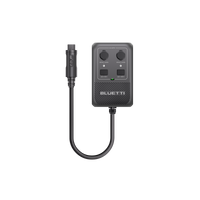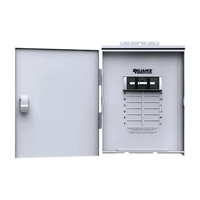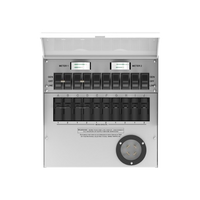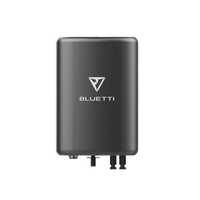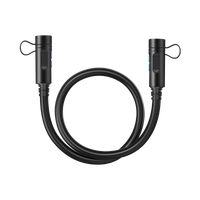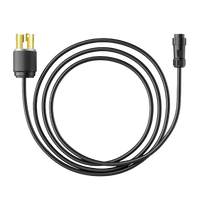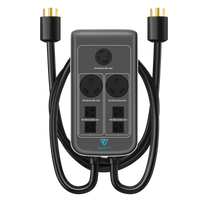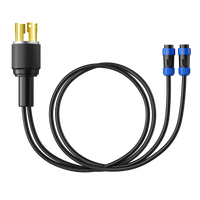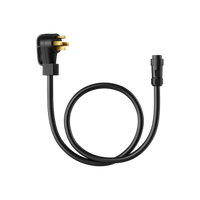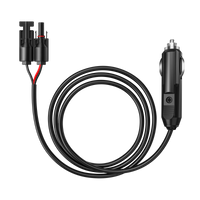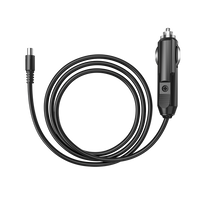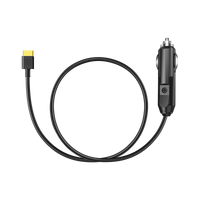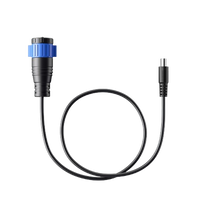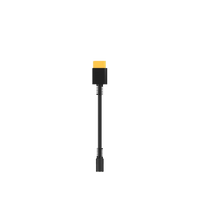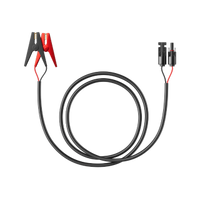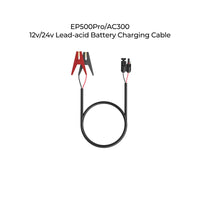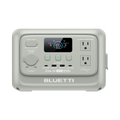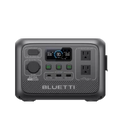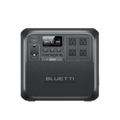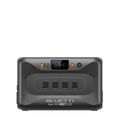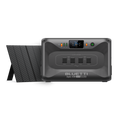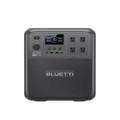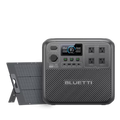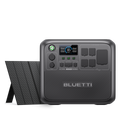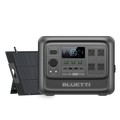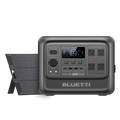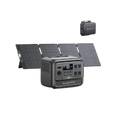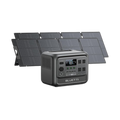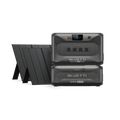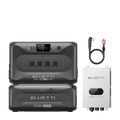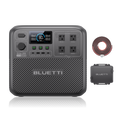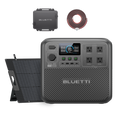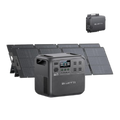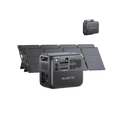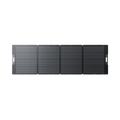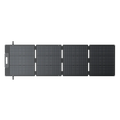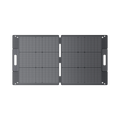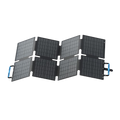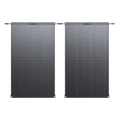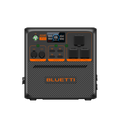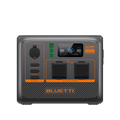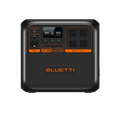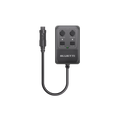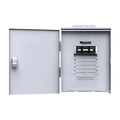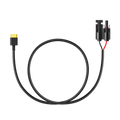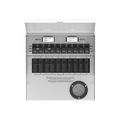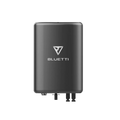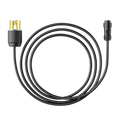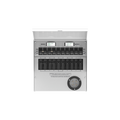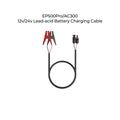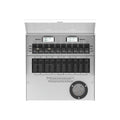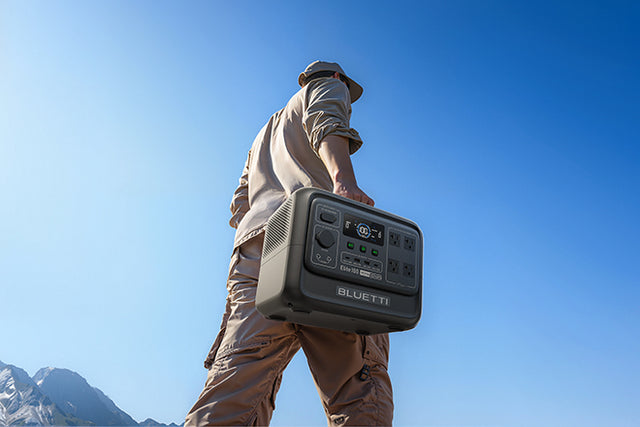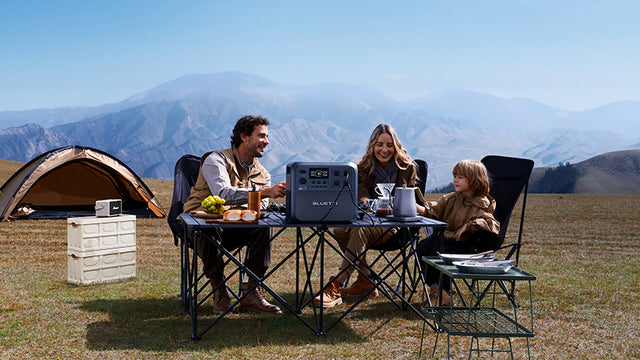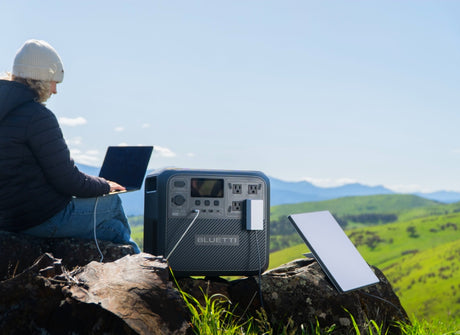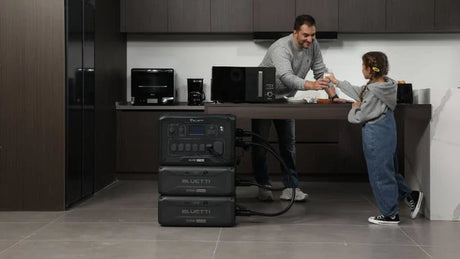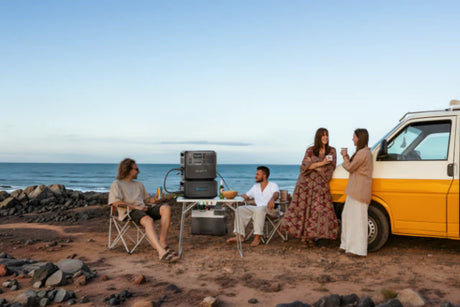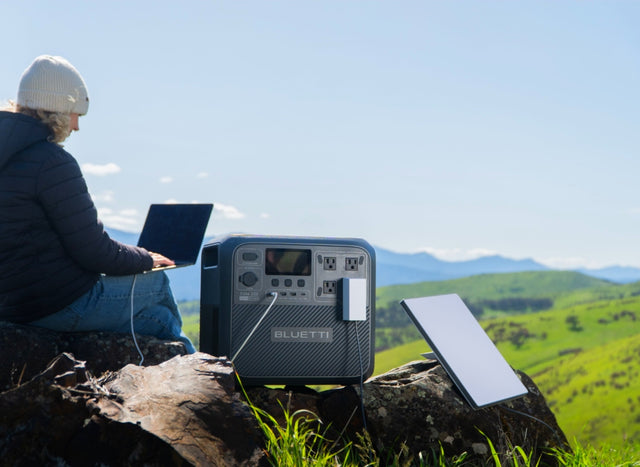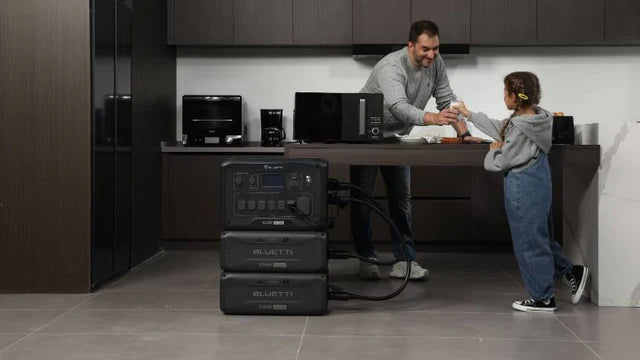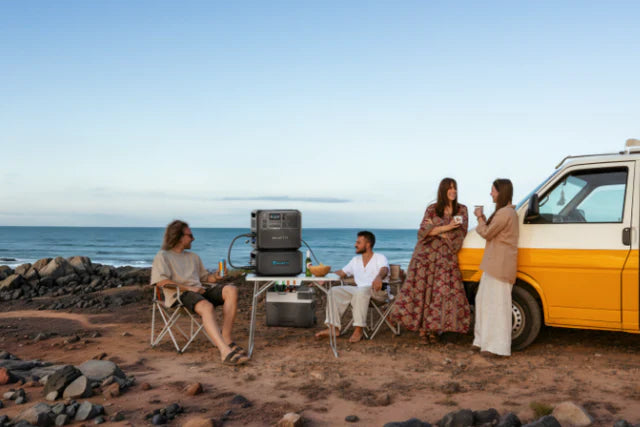Do TVs use a lot of Electricity? It's an important question for Canadians glued to their screen for news, sports and streaming. The answer depends on the type of TV, its size and settings. Most importantly, what is the cost of running my TV in Canada? The answer is decisively dependent on the hydro rates of your individual province. Knowing this information will inform your energy use and provide relief from the guilt of consuming media, helping you consume more responsibly, while enjoying your favourites.
What's Driving Your TV's Craving For Power?
Understanding how much energy your TV consumes is more than just calculating a number on your hydro bill. It gives you the information that allows you to make choices that suit your unique Canadian lifestyle, your values and the unique energy context of Canada. From watching games until our team wins the Stanley Cup, to bingeing out on the latest series, we tend to have our screens switched on for hours each day. To get a handle on what makes a television thirsty for energy you need to consider three major aspects: the technology of the screen, i.e., LED, OLED, QLED; the physical size of the television; and the settings applied when we use the TV, e.g., how bright the settings are or whether you use automatic brightness settings.
Moreover, the final costs of running your TV are specifically related to the electricity rates in your province and both the highest and lowest charges in Canada can be found in Canada. To better understand the energy profile of this ubiquitous appliance, we will go into detail examining these characteristics.
The Ins and Outs of Television Power Draw
In order to understand how much electricity a television actually uses, you first must understand the technology that powers our screen. There are many television technologies on the market, and the display type is the single largest factor in energy consumption.
Display Technology and Power Consumption
Older plasma televisions are very bad for energy consumption - but they were valued by many for their deep blacks, and an improved contrast. To achieve these features, plasma televisions do require a lot of power, ranging from 150 to 400 watts, depending on the size of the set. Thankfully, most of us do not see plasma displays on the market anymore, but you might still have one in your house.
The most common display technology you will find in households today is LED-LCD. These televisions have a liquid crystal display (LCD) panel with LEDs which are used to backlight the LCD. LED-LCD is typically more power-efficient than plasma technology. A standard modern 55-inch LED television is fairly efficient, using usually between 60 to 100 watts of power while you are watching it.

If you have spent the extra for an OLED television, you know that the picture quality is amazing as is the deep blacks. The great picture is due to a completely different technology: each pixel creates its own light in an OLED. This gives amazing accuracy, with every pixel lighting up and turning off at exactly the right time, but can use a little more power than a standard LED technology, especially when a very bright scene is displayed.
The Effect of Screen Size
In addition to the technology itself, screen size can have a major influence. It's a straightforward explanation: bigger screens take more energy to light. A small, 32-inch LED TV is a remarkably low power device that can use only 30 to 50 watts. A large, 75-inch LED model can use 150 watts or greater. This will certainly be part of the discussion for Canadians looking to buy a new home theatre system. The increase in screen size can be matched by a corresponding increase in energy draw.
User Settings With Power Implications
Finally, the biggest factor relates to user-controlled settings. The single largest aspect is probably the brightness setting. Many televisions are set to auto-brightness, and the other adjustments (including contrast) settings are likely to be set to "vivid" or "retail mode" (which looks great in a bright store, but not ideally suited for a dimly-lit living room), and therefore are consuming an unnecessary amount of energy. As an example, while it may be difficult to lower the backlight or brightness to the dimmest settings, you may reduce your television's power consumption between 10 to 15 watts per hour simply by utilizing dimmer backlight and brightness settings. And some other features may waste power by consuming higher wattage use by having features like automatic brightness that adjusts the picture based on your room's ambient light conditions, to motion smoothing or other enhancement technologies, or by simply turning up the volume extremely high, and those all use more watts.
Calculating Your Real Costs of Watching Your TV in Canada
Simply knowing your televisions wattage, is only half the story. The economics of your viewing habits is determined by how long you watch, and especially what you pay for electricity. In Canada, your hydro bill is billed out according to kilowatt-hours (kWh). One kWh would be the equivalent to using 1,000 watts for one hour. The math for finding what something costs to use is fairly simple, you divide the appliance's wattage by 1,000 and then multiply the amount by how long you are using it for and your rate for electricity.
Provincial Rate Differences
The one variable that differentiates this calculation from any other in the world is price per kilowatt-hour for electricity. There is no single national rate; instead, prices differ widely from province to province. For example, provinces such as Quebec and British Columbia benefit from having large amounts of hydroelectric power available and therefore benefit by having some of the lowest electricity prices in North America. Provinces such as Alberta and Saskatchewan that use more fossil fuels for generation and provinces such as Ontario that have a more complex grid in terms of transmission, are the most likely to pay higher electricity prices. In addition, some utilities (such as Ontario) use Time-of-Use (TOU) pricing to calculate customer’s rates so utility customers can pay more per kilowatt-hour (kWh) during the peak hours (e.g., the day) but less per kWh during nights and weekends.
Monthly Cost Estimates by Province
To give you a better idea of costs, consider the below estimates for electric televisions using a three-hour per day use pattern. The adjusted table below provides you with some rough estimates ranging from three provinces to reveal how technology and geography complement each other to affect how much you might see on your hydro bill.
|
TV Type |
Size |
Wattage |
Ontario (\(/month)&\#x3C;/p&\#x3E;&\#x3C;/td&\#x3E; &\#x3C;td&\#x3E;&\#x3C;p&\#x3E;British Columbia (\)/month) |
Alberta ($/month) |
|
|
LED |
32" |
40W |
$0.31 |
$0.36 |
$0.49 |
|
LED |
55" |
80W |
$0.63 |
$0.73 |
$0.97 |
|
OLED |
55" |
120W |
$0.94 |
$1.09 |
$1.46 |
|
Plasma |
60" |
300W |
$2.35 |
$2.73 |
$3.65 |
Let’s look at an example of monthly costs. Using your blanket for around 3 hours a day, you pay-for-usage each month based on average provincial rates.
-
Ontario (8.7¢/kWh at the off-peak rate): Approximately $1 - $2 per month
-
British Columbia (10.1¢/kWh at Step 1): Approximately $1 - $2.50 per month
-
Alberta (13.5¢/kWh at an average regulated rate): Approximately $1.50 - $3 per month
As the table shows, while a modern LED TV has an overall insignificant effect on a monthly bill, the use of an out-dated, inefficient plasma TV will emerge as a significant cost with the inefficient energy use catching up to you most particularly in a province that has a higher price for energy. This cost can be compounded in households with multiple TVs which are actually watching all things considered a significant amount of energy when accounting for energy efficiency.
Putting TV Electricity Use in Context of Other Common Household Appliances
It is useful to compare how a television’s energy consumption stacks up to other common electrical appliances if you want to put those numbers in context. These comparisons make it easier to see that the television is not the biggest draw in your house, but the accumulated use can be significant. The energy use from a regular 100-watt LED TV will accumulate to 0.3 kWh with a usage time of 3 hours. By comparison, an electric clothes dryer uses 3 - 4 kWh of energy for a single cycle, while a central air conditioning unit can use between 3 - 5 kWh per hour of energy use.

Space heaters, which are common appliances during the Canadian winters are some of the most energy intensive appliances around. Space heaters will often use 1,500 watts, which is as much as a 100-watt television uses in 15-hours! A refrigerator will likely use about as much power as the television (or similar) while it is running in the cycle of cool/kick on/off throughout the day, but the refrigerator using electricity 24/7 yields much more overall usage at the end of the month. With that said, although it is a good habit to turn off your television after use, you will always save much more on your energy bill by targeting the larger appliance (heating/cooling systems, electric water heaters, dryers, etc.).
The Hidden Drain of Standby Power and What You Can Do About It!
A modern television is never really off. When you press the power button on the remote control, it goes into a low-power stand by. It is put in stand by mode such that it can receive a signal through the remote control, wait for voice instructions, auto download the software upgrades in the background and instantly turn on when you wish to view something. Even though the power is low while in standby mode, the TV is still drawing power all day. Most new televisions consume between 0.5 and 3 watts while in standby mode.
The Cost of Phantom Load
Even if a single watt doesn't seem like much at all, when you multiply the tiny amount by time, it starts to matter. Take a stand-by television that consumes 2 watts. It will be using 1.46 kWh in a month if you are operating the stand-by television 24 hours each day. That would cost around $0.13 at Ontario's off-peak rate. If you had a household full of devices like gaming consoles, soundbars, cable boxes, coffee makers, and any other devices that consume standby power, that could easily add anywhere from $5 to $10 on your annual hydro bill for each device consuming phantom load aka vampire power.
Simple Fixes for Your Standby Power
The easiest fix is to plug your TV and all of its accessories into an advanced power strip. Advanced power strips can cut power to all of your peripherals if the main device (the TV) is switched off; and thus, the user can completely eliminate standby power drain and effortlessly save money.
Real-world Suggestions to Scale Back Your TV's Energy Usage
There are a number of good options for Canadian consumers to reduce the energy use of their entertainment system without losing viewing quality.
Using Settings and Features
The first and easiest way to reduce power use is to pay attention to its settings. As already indicated, if the television has adjustable brightness, turn it down to a comfortable position and you will be saving power in the best possible way. Current televisions also offer the choice of an eco-mode or energy saving picture mode which will automatically set the picture quality for minimum power consumption. Power can be reduced by turning off unwanted features such as motion interpolation and redundant image processing.
Selecting Energy-Efficient Models
When you decide to buy a new TV for your home, make sure to look for Energy Star certification. TVs with the Energy Star label are more efficient than un-certified TVs, and will often consume, on average, 25%-30% less energy than un-certified TVs. The Energy Star certification is a credibility measure of a model's efficiency and could mean significant costs savings over the electric service lifetime of the TV. Another consideration that you should keep in mind is screen size; choose a size that is appropriate for your room and viewing distance so that you're not making an unnecessarily large energy use commitment.
Establishing Smart Viewing Habits
Establishing smart habits is the last piece to this great energy-saving puzzle. The easiest way to save energy is to make the effort to turn off the TV when no one is watching it. Instead of leaving your TV on for background noise, why don't you try using a radio or a smart speaker, both use a fraction of the power of your TV. For anyone on Time-of-Use billing, it is important to know when the peak periods are, you can then channel this knowledge into your viewing habits. Watching your favourite shows during cheaper off-peak periods (evenings and weekends) will save you money.
Portable Power Solutions - A New Way to Get Energy Independence
Portable power stations are transforming the world of entertainment for Canadians who want to cut back on their dependency on the grid, prepare for the spell of increasingly common severe weather-related power outages, as well as those into camping or any other opportunity to spend their time in the great outdoors. These units are essentially large batteries with built-in inverters and outlets designed to run electronics like televisions from power that is already stored and can be replenished directly from a household wall outlet, your car, or more sustainably, from the sun via solar panels.

BLUETTI Apex 300
The Apex 300 is a true home energy hub, far exceeding the needs of a simple TV. With a huge 2,764.8Wh capacity and 3,840W output, you can easily run your largest OLED TV and entire home theater for as long as needed. Its brilliance is in sheer scalability, allowing you to choose to scale it up, making it a whole home backup solution that enables your family to stay entertained and informed through any outage, and helps to reduce dependence on the grid.
BLUETTI Elite 100 V2
The BLUETTI Elite 100 V2 is your perfect portable power partner without compromises. Weighing a mere 25lbs and in such a small package, you can easily take it on an RV trip, or move it between large rooms. Nevertheless, it has significant power, with a solid 1,024Wh capacity and 1,800W output, to easily allow your large television and sound system to operate smoothly to provide hours of off-grid movie night. It also has incredibly fast charging with the ability to reach 80% in only 45 minutes, and is almost silent, so your viewing is not interrupted. This is brilliant performance for the mobile Canadian.
Common Questions
-
How much is it to run a 55" TV for 8 hours in Canada?
It differs from province to province. A 55" LED TV (lots about 80W) would consume 0.64 kWh in 8 hours. So it costs close to $0.06 in Ontario, $0.07 in BC & $0.09 in Alberta.
-
How do new smart TVs compare in terms of energy efficiency to old ones?
In general, yes. Advancements in LED backlighting and the LCD display have combined to make modern smart TVs dramatically more efficient than older plasma TVs and some of the older LCD TVs that were the same size.
-
Can a portable power station like a BLUETTI AC70 really run a full size TV?
Absolutely! The BLUETTI AC70 has a 1,000W output which is more than enough for most modern brand name TVs that consume under 150W. Besides this, you can easily power a Television for more than few hours, if you are using the panel for camping or an emergency situation.
-
When I use the 4K resolution, does it use more power?
Yes. The increase is usually minimal. The extra processing power needed to watch 4K content uses about 10-20% more power. That is as compared to watching content in 1080p-related resolution.
-
What is the number one thing I can do to cut down my TV's power utilization?
Lower the brightness setting is the most practical step. However, replacing a twenty-five year old plasma TV with a new Energy Star LED will reduce energy use the most over time.
